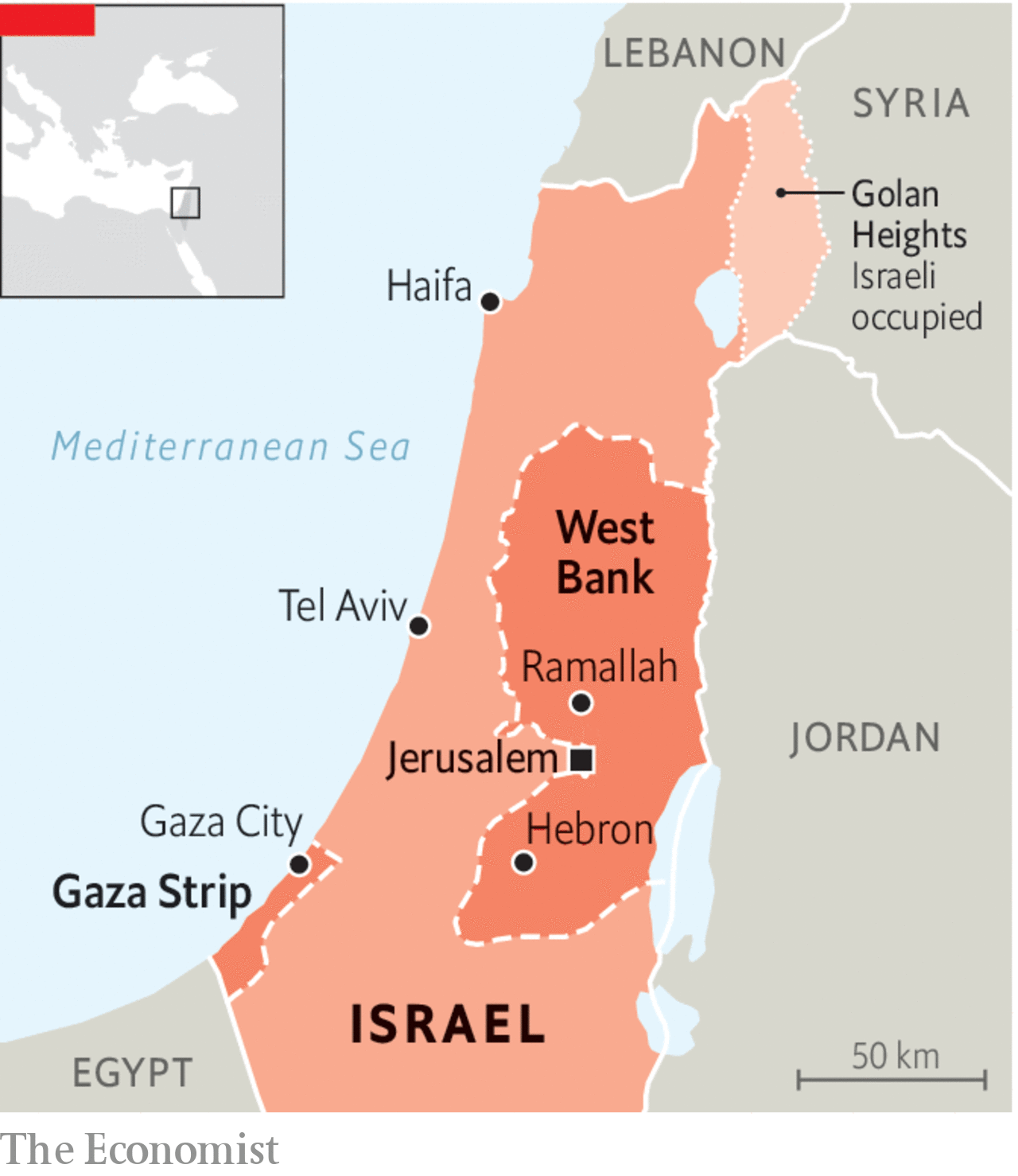Table of Contents
India to build Sri Lankan Power Project
Context: India is set to implement a hybrid power project in three islands off Jaffna peninsula with a $11-million grant.
Background and Diplomatic Implications
- Initially, a Chinese company, Sinosoar-Etechwin Joint Venture, was chosen to execute renewable energy projects in the three islands.
- However, concerns over the proximity of the Chinese project to India’s coastline led Sri Lanka to opt for India’s grant assistance instead.
- This decision, facilitated by a Memorandum of Understanding signed during External Affairs Minister S. Jaishankar’s visit to Sri Lanka in March 2022, garnered criticism from China, highlighting diplomatic tensions in the region.
- The suspension of the Chinese project in Sri Lanka prompted the company to seek similar opportunities elsewhere, such as in the Maldives.
More about the Project
- The Sri Lanka Sustainable Energy Authority, Government of Sri Lanka, and Indian company U-Solar Clean Energy Solutions signed a contract for building “Hybrid Renewable Energy Systems” in Delft, Neduntheevu, and Analaitivu islands off Jaffna peninsula.
- The project aims to address the energy needs of the islands’ residents and is funded through grant assistance from the Government of India.
- It combines solar and wind energy to optimize capacities and ensure sustainable power generation.
Project Details
- The project, led by U-Solar, will include 530 kW of wind power, 1,700 kW of solar power, 2,400 kWh of battery power, and 2,500 kW of standby diesel power systems.
- The selection of U-Solar was made through a competitive bidding process conducted by the Sri Lankan government specifically for Indian firms.
Other India-Backed Energy Projects
- This initiative marks the third India-backed energy project in Sri Lanka’s north and east regions.
- The National Thermal Power Corporation is leading a solar venture in Sampur town in the east, while the Adani Group is setting up renewable energy projects in Mannar and Pooneryn in the north.
Significance
- The India-Sri Lanka renewable energy project signifies the growing cooperation between the two nations in the sustainable development sector.
- It not only addresses the energy needs of Sri Lanka’s remote islands but also reflects India’s strategic interests in the region.
- The project’s implementation underscores the significance of bilateral collaborations in fostering economic growth and regional stability.
We’re now on WhatsApp. Click to Join
Attack on Gaza Civilians
Context: India has expressed “extreme concern” after more than 100 Palestinians were killed in an alleged Israeli shooting and bombing in northern Gaza.
More In News
- The Indian government has maintained a cautious stance, advocating for a two-state solution and expressing opposition to terrorism throughout the conflict.
- India has been in contact with multiple stakeholders involved in the conflict, demonstrating its commitment to actively engage in diplomatic efforts to address the crisis.
- The conflict, which has claimed more than 30,000 lives, underscores the urgency for international intervention and resolution.
Official Statement
- The Indian External Affairs Ministry issued a statement expressing deep shock at the loss of civilian lives in Northern Gaza during the delivery of humanitarian assistance.
- The statement highlights India’s ongoing concern for the humanitarian situation in Gaza and emphasizes the need for immediate attention to address the crisis.
| Two-state solution |
| It refers to a proposed framework for resolving the Israeli-Palestinian conflict by establishing two states for two peoples: Israel as the state for the Jewish people and Palestine as the state for the Palestinian people. |
Gaza Strip
- The Gaza Strip, a densely populated area on the eastern coast of the Mediterranean Sea, has been a focal point of the Israeli-Palestinian conflict for decades.
- Home to approximately 2 million Palestinians, the Gaza Strip has faced severe humanitarian challenges, including limited access to basic necessities and infrastructure due to Israeli blockade and military operations.
- The recent escalation of violence in northern Gaza further exacerbates the already dire humanitarian situation in the region, prompting international concern and calls for immediate action.

FIU imposes Penalty on Paytm
Context: The Financial Intelligence Unit-India (FIU-India) has imposed a fine of ₹5.49 crore on Paytm Payments Bank Ltd. (PPBL) for violations of the Prevention of Money Laundering Act (PMLA).
More In News
- The action comes after FIU-India found substantial evidence of money generated from illegal activities being routed through accounts held by entities associated with the bank.
- FIU-India launched a review of PPBL’s operations following specific information provided by law enforcement agencies regarding entities involved in various illegal activities, including organizing and facilitating online gambling.
- The review aimed to assess the involvement of these entities and their networks in illegal acts and the subsequent channeling of proceeds of crime through bank accounts maintained with PPBL.
Findings
- FIU-India’s investigation revealed that funds generated from illegal operations were indeed routed through accounts held by these entities with PPBL.
- Based on extensive evidence gathered during the review, FIU-India substantiated the charges against Paytm, leading to the imposition of the fine.
About Financial Intelligence Unit-India
- Establishment: FIU-IND was established by the Government of India in 2004.
- Mandate: It serves as the primary national agency for receiving, processing, analyzing, and disseminating information related to suspicious financial transactions.
- Independence: FIU-IND operates independently and reports directly to the Economic Intelligence Council (EIC), led by the Finance Minister.
Functions
- Collection: Receives reports such as Cash Transaction Reports (CTRs), Non-Profit Organisation Transaction Reports (NTRs), Cross Border Wire Transfer Reports (CBWTRs), Reports on Purchase or Sale of Immovable Property (IPRs), and Suspicious Transaction Reports (STRs) from various reporting entities.
- Analysis: Conducts thorough analysis of received information to identify patterns indicative of money laundering and related crimes.
- Sharing: Shares pertinent information with national intelligence/law enforcement agencies, regulatory authorities, and foreign Financial Intelligence Units.
- Repository: Establishes and maintains a national database using reports from reporting entities.
- Research and Analysis: Monitors money laundering trends, typologies, and developments for strategic insights.
Prevention of Money-Laundering Act, 2002 (PMLA)
- The PMLA, 2002, is an Indian parliamentary act designed to prevent money laundering and enable the seizure of property linked to money laundering.
- Section 3 of the act defines money laundering as the process of disguising illegal proceeds (crime-derived) as legal funds.
- It involves various stages like placement, layering, and integration to obscure the source of illegal proceeds.
PMLA Provisions
- The act criminalises money laundering activities and allows for the confiscation of assets associated with money laundering.
- Enforced By: Enforcement Directorate (ED) under the Ministry of Finance.
Growth based on GDP and GVA
Context:
- India’s Gross Domestic Product (GDP) growth rate surged to a six-quarter high of 8.4% in the third quarter (October-December) of 2023-24, according to data released by the National Statistical Office (NSO) on Thursday.
- A notable discrepancy was observed between GDP and Gross Value Added (GVA) growth rate ,which has led some economists to suspect that GDP may have been overstated.
Factors Behind the Surge
Sectoral Performance
- Except for agriculture, all other sectors demonstrated robust growth during October-December.
- Manufacturing grew at 11.6%, while construction posted a strong growth of 9.5%.
- Services related to trade, hotels, transport, communication, and broadcasting also witnessed growth.
- Investments played a significant role in supporting GDP growth, with the real estate sector showing signs of revival and industry utilization returning to pre-pandemic levels.
Revisions to GDP Growth Rates
- Previous financial year growth rates were revised, thus a favorable base effect contributed to the surge in Q3 GDP.
- Quarterly growth rates for the current fiscal were also revised upwards, indicating overall positive economic momentum.
GDP vs GVA
- GDP is arrived at by adding product or indirect taxes, and excluding subsidies to GVA, which measures national income from the output side.
- The GDP is essentially the sum total of
- All the money that Indians spend as private individuals spend [C],
- All the money that the government spends [G]
- All the money that businesses spend (or invest) [I]
- The net effect of exports (what foreigners spend on our goods) and imports (what Indians spend on foreign goods) [NX]
- While GDP is the preferred variable for measuring growth, the fact is that GDP is “derived” by taking the GVA data and adding the taxes earned by the government on different products and then subtracting all the subsidies given by the government on products.
GDP = (GVA) + (Taxes earned by the government) — (Subsidies provided by the government)
- While analysing quarterly growth data, it makes a lot of sense to look at GVA because apart from telling us about the overall health of the economy, it also tells us which sectors are struggling and which are leading the recovery.
Divergence Between GDP and GVA

- A notable discrepancy was observed between GDP and Gross Value Added (GVA) growth rates, primarily due to a rise in net taxes and a fall in subsidies.
- GVA growth lagged behind GDP growth by 190 basis points in Q3, raising concerns among economists about the accuracy of GDP figures.
- The divergence is at a 10-year high, driven mainly by a rise in net taxes.
- Net taxes rose by 32% year-on-year in Q3 FY24 in real terms. Net taxes are calculated by adding product taxes and excluding subsidies.
- According to Government officials the divergence between GVA and GDP rates was mainly due to a sharp fall in subsidies in the quarter because of lower payouts on fertiliser subsidies.
Divergence for the full financial year
- GVA is expected to grow at sub-7%, with an estimated rate of 9% in FY24 as against 6.7% last fiscal (earlier estimate was 7.0%).
- This compares with GDP of 7.6% in FY24 as against 7.0% in the previous financial year.
- Thus some experts advocate that GVA would be a better metric to look at while assessing growth as it’s not impacted by fluctuation in net tax collections.
Concerns and Expectations Going Forward
- While GDP growth was supported by investment, private consumption growth remained subdued, posing challenges for sustained economic expansion.
- Concerns exist regarding the impact of rising input costs on profit growth and the potential slowdown in government capital expenditure.
- Additionally, higher GDP deflator growth in FY25 may dampen real GDP growth, warranting careful monitoring of consumption patterns and investment trends.


 World Day for International Justice 2025...
World Day for International Justice 2025...
 Anusandhan National Research Foundation ...
Anusandhan National Research Foundation ...
 Places in News for UPSC 2025 for Prelims...
Places in News for UPSC 2025 for Prelims...





















